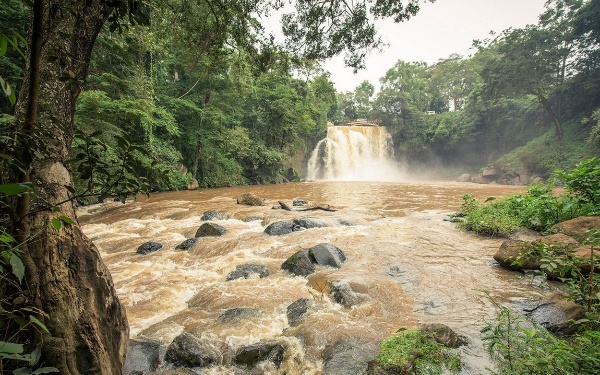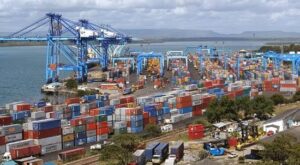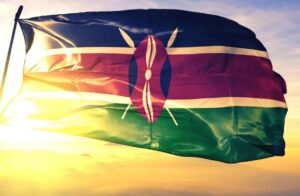When the last tree has been cut down, the last fish caught, the last river poisoned, only then will we realize that one cannot eat money. This Native American proverb sank home a few days ago when I came across the Energy and Petroleum Cabinet Secretary Davis Chirchir’s warning “Our major power generation companies have been delivering only about 30 per cent of what they should be delivering due to reduced water levels.”
Most of the electricity generated in Kenya comes from hydropower, which is in turn reliant on healthy rivers. Some of these rivers feed the Seven Forks Dams which comprises of five hydro power plants namely: Masinga ‚Gitaru, Kamburu, Kindaruma and Kiambere. They account for nearly 49% of hydroelectric power in Kenya.
Kindaruma was completed in 1968 and is Kenya’s first post-independence power plant. This stands as testament to the longevity of hydroelectricity in Kenya. Globally, hydropower provides about 16 percent of the electricity.
Against this backdrop, we must do everything possible to protect all our river basins in Kenya. Without the rivers flowing from these basins, Kenya would simply go dark and our factories would fall silent. I was pleasantly elated to notice that The Tana and Athi Rivers Development Authority is on the forefront of ensuring that this doesn’t happen. It has laid out a very detailed restoration and enhanced livelihoods program that will go a long way in securing our rivers.
At the heart of this restoration efforts is tree growing in the upper Tana River catchment area. This area is one of Kenya’s most critical ecosystems. Its home to two water towers – Mt. kenya and Aberdares Range. Together, these water towers, are responsible for 40% of the country’s water supply and support the livelihoods of approximately 20 million Kenyans. Unfortunately, most of the area is turning into settlement schemes. That’s why the existing tree cover in this area must be protected even as we expand forest cover across Kenya.
Tree growing is in line with the Government’s goal of planting and growing 15.7 billion trees by the year 2032. For that to happen, we need to plant an average of 4.7 million trees per day. More importantly, we need to nurture those trees to full maturity.
This may seem like a tall order but it’s doable. I draw a lot of hope from spectacular green efforts that are already mushrooming all over the country. A good example is Imani Christian School in Isako village, Kiambere Ward in Embu County. In an innovative approach, the school fraternity and sponsors are producing thousands of tree seedlings. That is the first step towards tree growing.
I suggest to the Education Cabinet Secretary the Hon. Ezekiel Machogu to facilitate vibrant tree growing in the more than 32,000 Primary Schools in Kenya. That will go a long way in ensuring tree growing is practically inculcated in the minds of our children even as we endeavor to grow millions of seedlings daily.
As of 2022, Kenya was smarting from five successive failed rain seasons. This adversely affected our agriculture, which is the mainstay of our economy. It accounts for 24% of our Gross Domestic Product (GDP) and 18% of total formal employment. Trees secure rain. That’s why heavily forested countries Gabon, which has an 88% forest cover are never lacking in rain.
More rain means flourishing agriculture, secure electricity and stable jobs. Because trees are the pathway to more water, we need to redefine our relationship with them. We should no longer be ambivalent or indifferent about trees. Indeed, we should move into a committed relationship with trees.
At an individual level, we should commit to growing trees commensurate with our age every year. Incidentally, that will not just be a service to our country or environment. It will also be a service to our wallets because for instance fruit trees eventually gift us with money. Just like the ongoing enhanced livelihood program in the Seven forks, civic education and ploughing back the financial gains to the community as we conserve our catchments will make the deal. Think green, act green!



